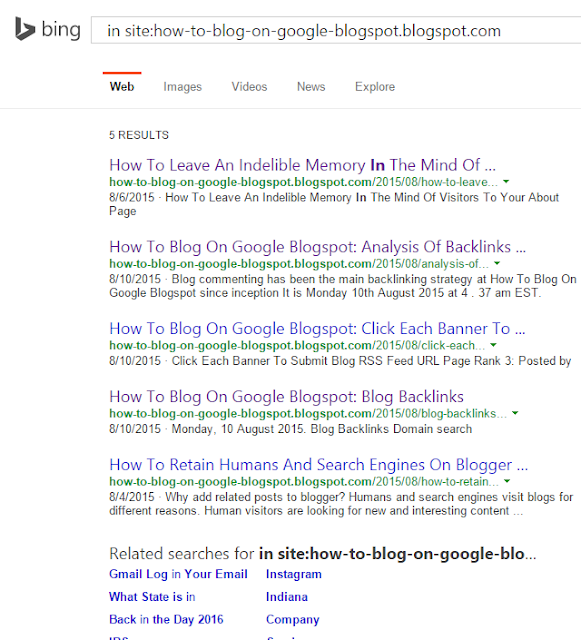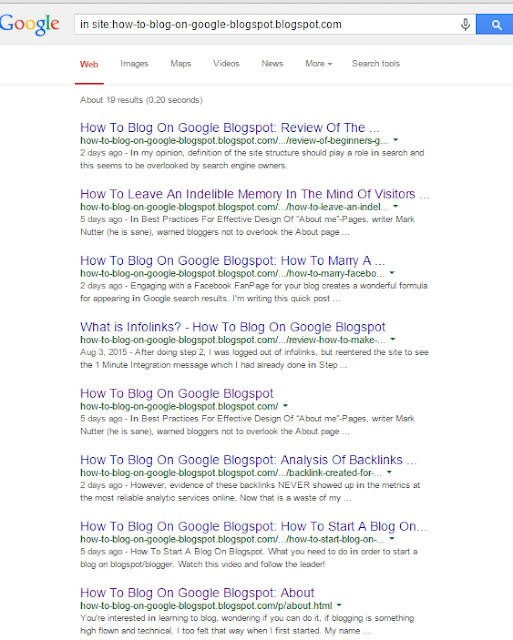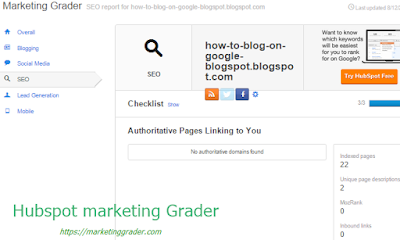Background and analysis
Websites must be listed in search engine archives as proof of existence to both humans and spiders. Site owners must therefore conduct certain activities in order to become indexed, particularly in the THREE major search engines which deliver the majority of search results to the public.
I listed TEN of these indexing criteria in the post
In spite of this, my blog remained under the radar.
I subsequently conducted a test drive of a sophisticated and impressive piece of software whose owner promises to take site promotion to the moon and beyond. Based on the interface and technology, it seems highly possible. However, it takes time for results to pour in and I am sort of impatient and lonely on my blog. I'll tell you more about that software later.
Invisibility is unacceptable because as a blog owner, I need the site to show up so that people could find the valuable and sometimes groundbreaking information that I have to share.
The solution - how I finally confirmed search engine listings for How To Blog On Google Blogspot
Finally, inspired by Archangel Michael this morning, I used a simple, sneaky method to verify whether or not the blog had been listed. The following codes were used to find its digital footprints in the THREE major search engines. I was happy to note that it had been indexed, with Google returning about twelve of the posts.
Since I had not yet registered the blog with Yahoo and Bing, it is obvious that posting relevant content regularly is the key to being noticed online. I am telling you the truth. The experts say that CONTENT IS KING:
The codes:
- in site: how-to-blog-on-google-blogspot.blogspot.com
- in url: how-to-blog-on-google-blogspot.blogspot.com
- in comments: how-to-blog-on-google-blogspot.blogspot.com
- in backlinks: how-to-blog-on-google-blogspot.blogspot.com
This is a great strategy to implement - don't pull your hair out like I did.







No comments:
Post a Comment